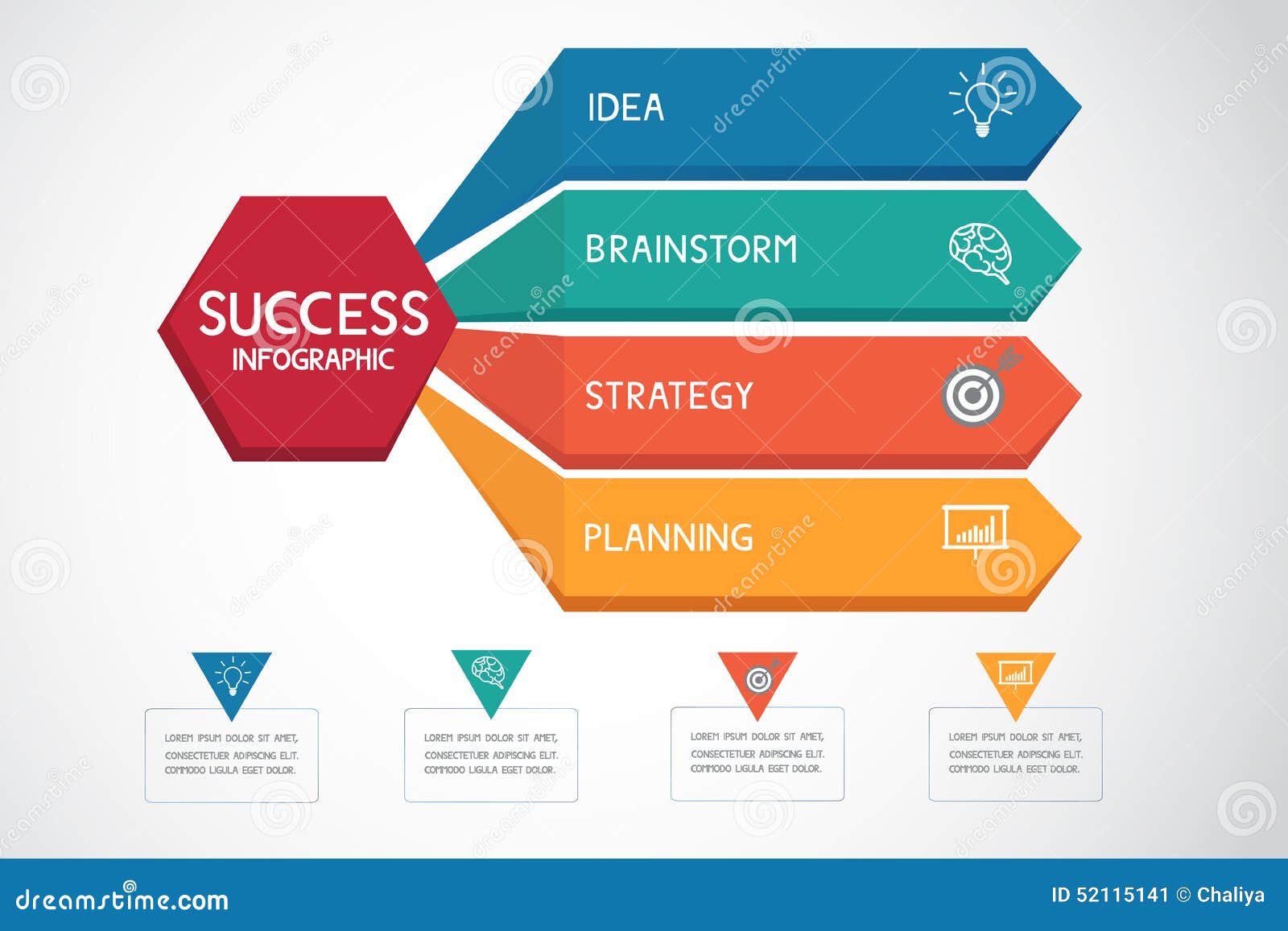Core Principles Of Site Style: Suggestions For Crafting A User-Friendly Online Existence
Core Principles Of Site Style: Suggestions For Crafting A User-Friendly Online Existence
Blog Article
Material By-Aguirre Daugaard
When it concerns site design, making certain user-friendliness is vital. From receptive style to structured navigating, every aspect plays a critical function in developing a website that deals with your target market's demands. Yet what concerning the better information that can make or break a user's searching experience? Remain tuned as web design and development services discover some often-overlooked suggestions that can elevate your internet site's usability to the next level, making it truly stand apart in the electronic landscape.
Importance of Responsive Layout
Responsive design is a crucial element of modern-day site development. Ensuring your web site is receptive ways that it can adapt to various screen sizes and tools, supplying a seamless experience for users.
With the raising use mobile phones and tablet computers to access the internet, having a receptive style is important for reaching a broader audience. visit the next website page assists in boosting individual experience by making your internet site simple to navigate and keep reading any type of gadget.
Additionally, receptive design can favorably affect your online search engine rankings, as online search engine like Google focus on mobile-friendly websites. By having a receptive layout, you're likewise future-proofing your website, as brand-new gadgets with varying screen sizes continue to emerge.
Simplify Navigating Structure
To enhance user experience and facilitate simple access to info on your web site, enhancing the navigation structure is critical. When developing your website, focus on developing a clear and intuitive navigation food selection that aids visitors discover what they're searching for rapidly.
Limitation the variety of menu products to the basics, organizing related pages together to prevent frustrating individuals. Use descriptive labels that clearly show the material of each page, making it less complicated for users to comprehend where each web link will take them.
Think about implementing dropdown menus for subcategories to avoid jumbling the main navigating bar. Additionally, include a search bar prominently on the page for users who choose searching for specific details.
Focus on mobile responsiveness in your navigation layout to ensure simple access on all devices.
Optimize Page Load Speed
Improving page lots speed is crucial for preserving site visitors on your internet site. Slow-loading web pages discourage customers and can cause high bounce rates. To enhance page tons speed, start by maximizing images. Press images without endangering quality to minimize their documents dimensions.
In addition, make it possible for internet browser caching to store regularly accessed resources locally, accelerating load times for returning visitors. Minify CSS, JavaScript, and HTML data by getting rid of unnecessary personalities, comments, and formatting, boosting tons speed.
Take into consideration making use of a web content distribution network (CDN) to disperse your internet site's content across numerous servers worldwide, lowering latency for customers accessing your site from different locations. Finally, limit making use of third-party scripts and plugins, as they can considerably affect lots times.
Final thought
Finally, by including receptive design, simplifying navigation, and maximizing web page lots rate, you can develop an easy to use web site that interest a wider target market and improves user experience. These essential elements ensure that visitors can quickly gain access to and browse your website throughout different tools, bring about boosted involvement and satisfaction. By concentrating on these essential aspects, you can construct a successful internet site that keeps users returning for more.
